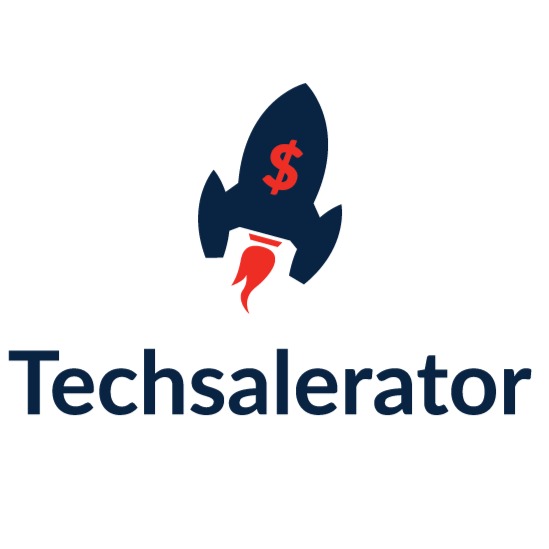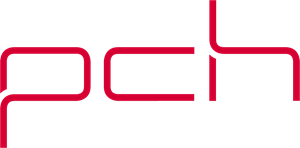
Top Vineyard Harvest Data Providers
Understanding Vineyard Harvest Data
Vineyard Harvest Data is collected through manual or automated methods, depending on the size of the vineyard and the level of technological sophistication. It includes observations and measurements made by vineyard managers, winemakers, and viticulturists during the harvest season. Key data points may include grape sugar levels (Brix), acidity levels (pH), grape cluster weight, berry size, vineyard temperature, weather conditions, and pest or disease incidence.
Components of Vineyard Harvest Data
Key components of Vineyard Harvest Data include:
- Grape Ripeness Metrics: Measurements of grape ripeness indicators such as sugar content (Brix), acidity (pH), and phenolic maturity, which influence the flavor, aroma, and aging potential of the resulting wines.
- Yield Estimates: Quantification of grape yield per vine, per acre, or per hectare, indicating the quantity of grapes available for harvest and subsequent winemaking processes.
- Quality Assessments: Evaluations of grape quality based on visual inspections, sensory assessments, and laboratory analyses, assessing factors such as grape health, maturity, uniformity, and absence of defects.
- Vineyard Conditions: Observations of vineyard conditions, including soil moisture levels, canopy density, sun exposure, pest and disease pressure, and overall vine health, which impact grape development and vineyard management decisions.
Top Vineyard Harvest Data Providers
- Leadniaga : Leadniaga offers vineyard management solutions equipped with data collection tools and analytics capabilities tailored to the wine industry. Their platform provides insights into vineyard health, grape ripeness, and harvest readiness, enabling vineyard managers to optimize harvest timing and maximize grape quality.
- VineView: VineView offers aerial imaging and data analytics services for vineyards, providing high-resolution imagery and multispectral data to assess vineyard health, vigor, and grape ripeness. Their platform helps vineyard managers make data-driven decisions on irrigation, canopy management, and harvest planning.
- eVineyard: eVineyard offers vineyard management software with features for data collection, analysis, and decision support. Their platform integrates weather data, soil moisture sensors, and grape ripeness measurements to optimize vineyard operations and improve wine quality.
- VineSense: VineSense provides IoT (Internet of Things) solutions for vineyard monitoring and data collection. Their sensors measure environmental parameters such as temperature, humidity, and soil moisture, enabling real-time insights into vineyard conditions and grape development.
Importance of Vineyard Harvest Data
Vineyard Harvest Data is essential for vineyard managers, winemakers, and viticulturists for the following reasons:
- Harvest Timing: Guides decisions on the optimal timing for grape harvest, ensuring that grapes are harvested at peak ripeness to achieve desired flavor profiles and wine styles.
- Grape Processing: Informs decisions on grape processing techniques, such as destemming, crushing, and pressing, based on grape quality parameters and winemaking objectives.
- Fermentation Management: Provides insights into grape composition and sugar levels, facilitating fermentation management decisions, such as yeast selection, fermentation temperature control, and nutrient supplementation.
- Wine Quality: Influences overall wine quality and style by ensuring that grapes are harvested under optimal conditions and processed with care to preserve varietal characteristics and minimize off-flavors or defects.
Applications of Vineyard Harvest Data
The applications of Vineyard Harvest Data include:
- Precision Viticulture: Supports precision viticulture practices by providing real-time insights into vineyard variability, enabling targeted interventions and customized management strategies to optimize grape quality and yield.
- Quality Assurance: Ensures consistent quality standards and product integrity by monitoring grape quality parameters throughout the harvest season and implementing quality control measures to prevent defects or inconsistencies in the final wines.
- Decision Support: Facilitates data-driven decision-making by providing timely and accurate information on vineyard conditions, grape ripeness, and harvest readiness, empowering vineyard managers to make informed decisions that impact wine quality and production efficiency.
- Historical Analysis: Enables retrospective analysis of harvest data over multiple vintages to identify long-term trends, correlations, and insights into vineyard performance, climate influences, and varietal characteristics, informing future vineyard management practices and winemaking strategies.
Conclusion
In conclusion, Vineyard Harvest Data plays a vital role in the winemaking process, providing essential information for vineyard management, grape processing, and wine quality assurance. With top providers like Leadniaga Vineyard Management Solutions, VineView, eVineyard, and VineSense offering advanced tools and analytics capabilities for collecting and analyzing harvest data, vineyard stakeholders can optimize harvest timing, maximize grape quality, and produce wines of exceptional quality and character. By leveraging Vineyard Harvest Data effectively, vineyard managers and winemakers can enhance vineyard productivity, sustainability, and profitability while delighting consumers with memorable wine experiences.
Our Datasets are integrated with :



10,000+ Satisfied Data Customers including :








